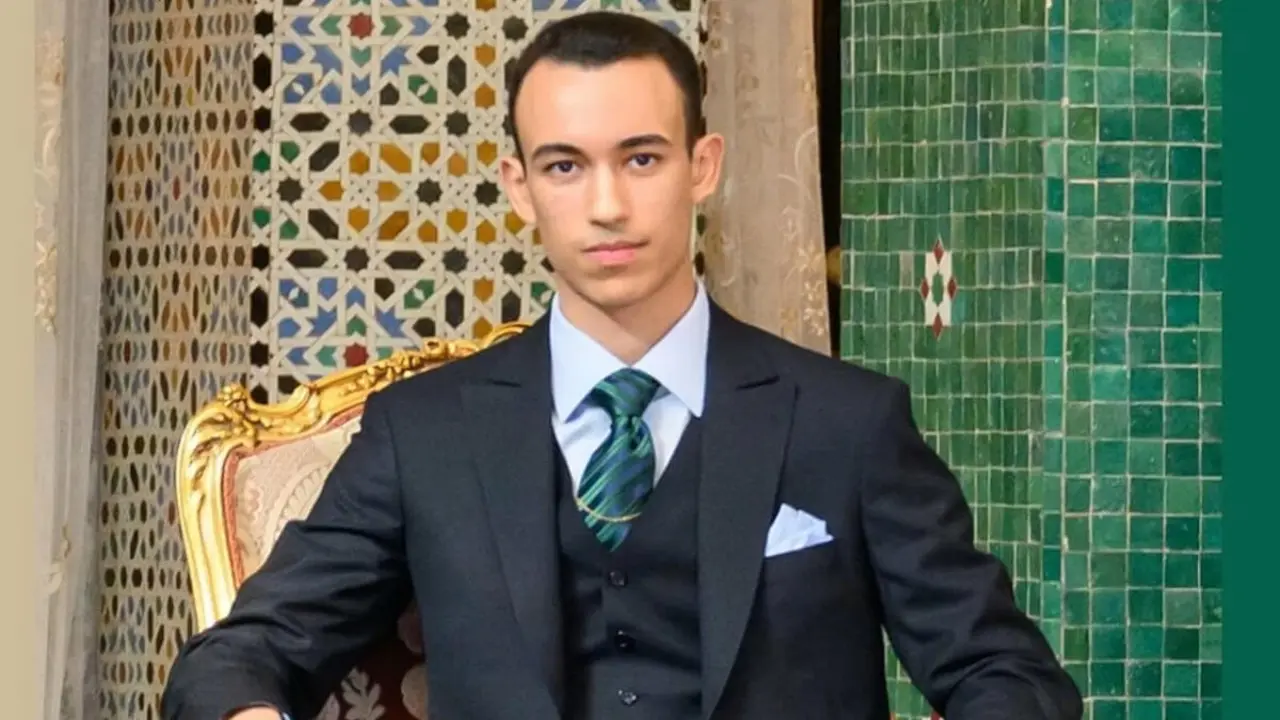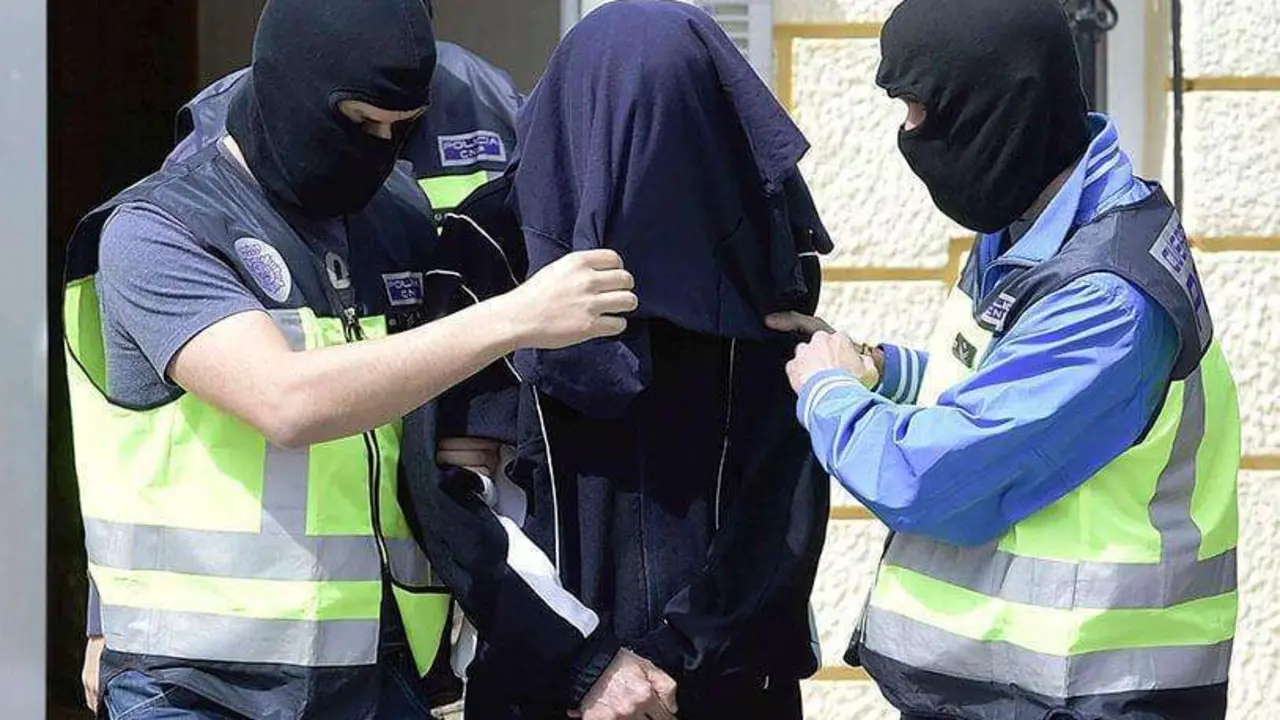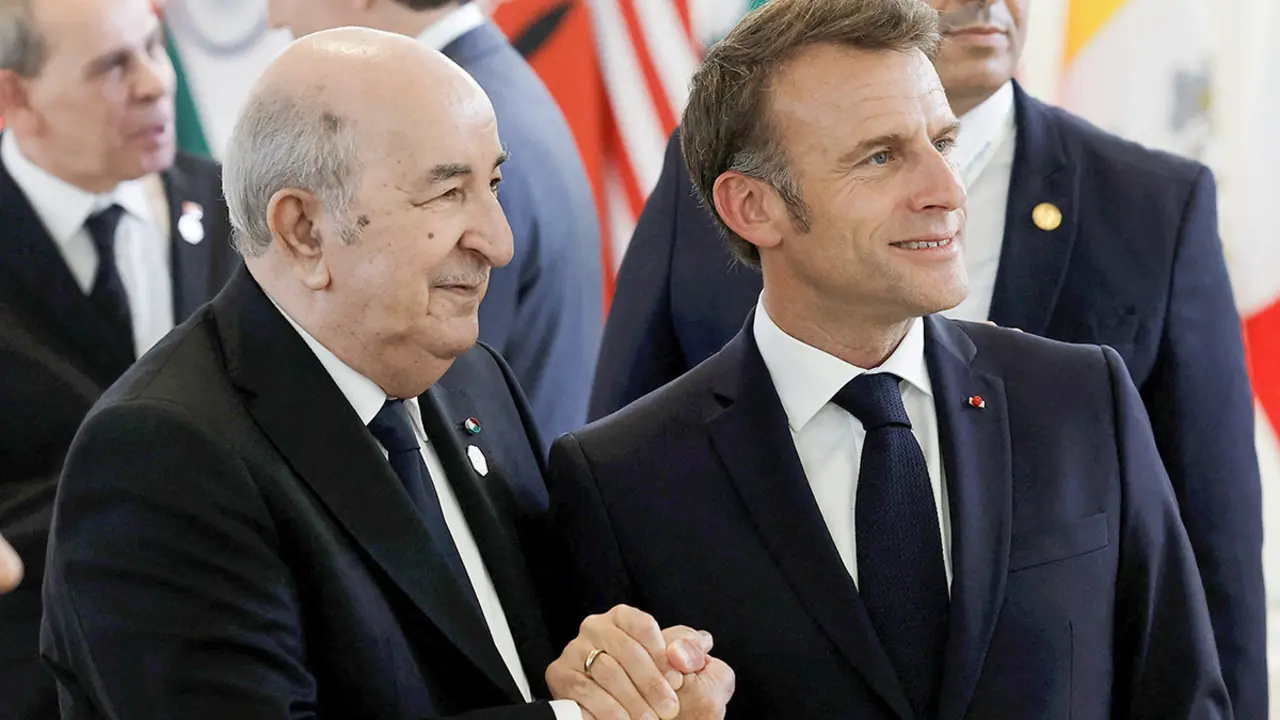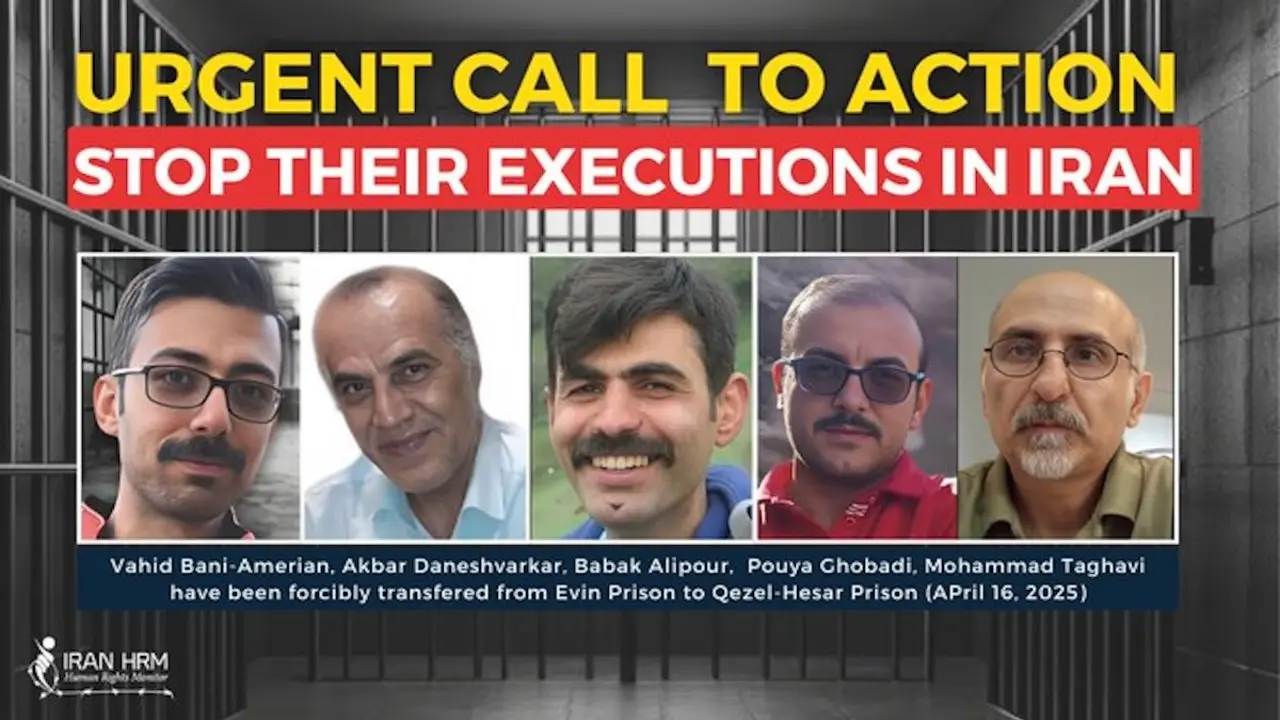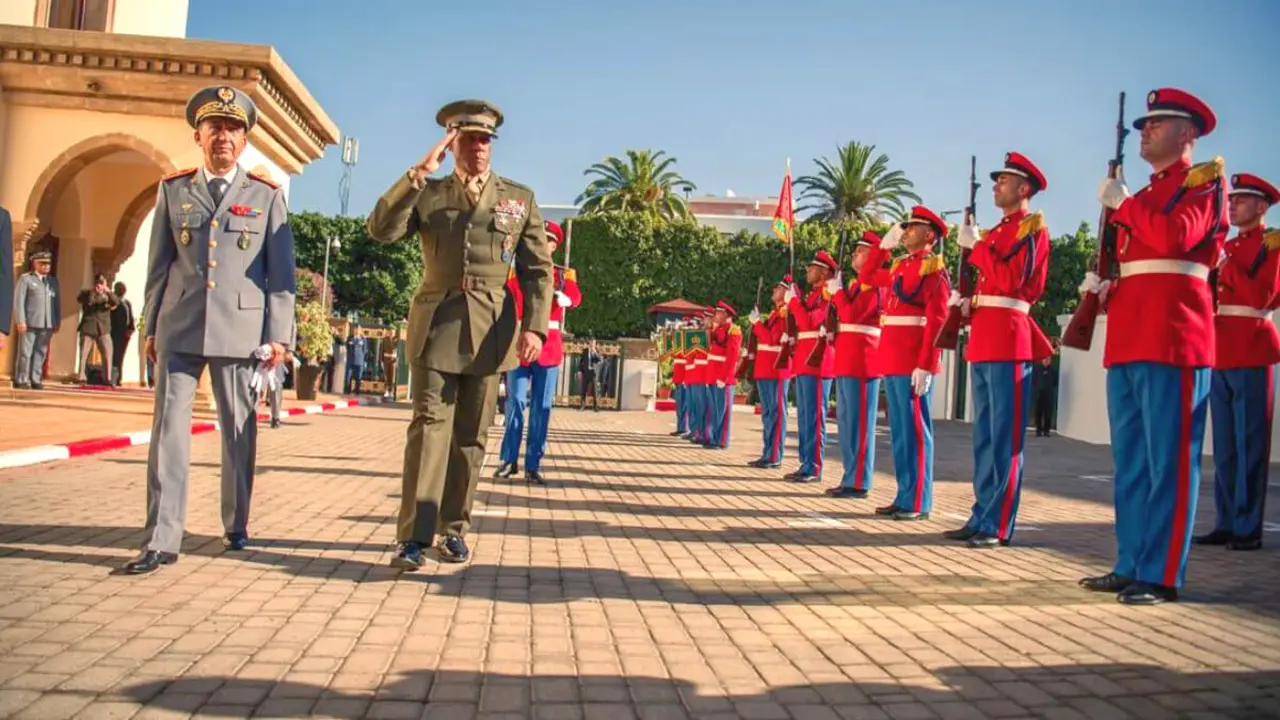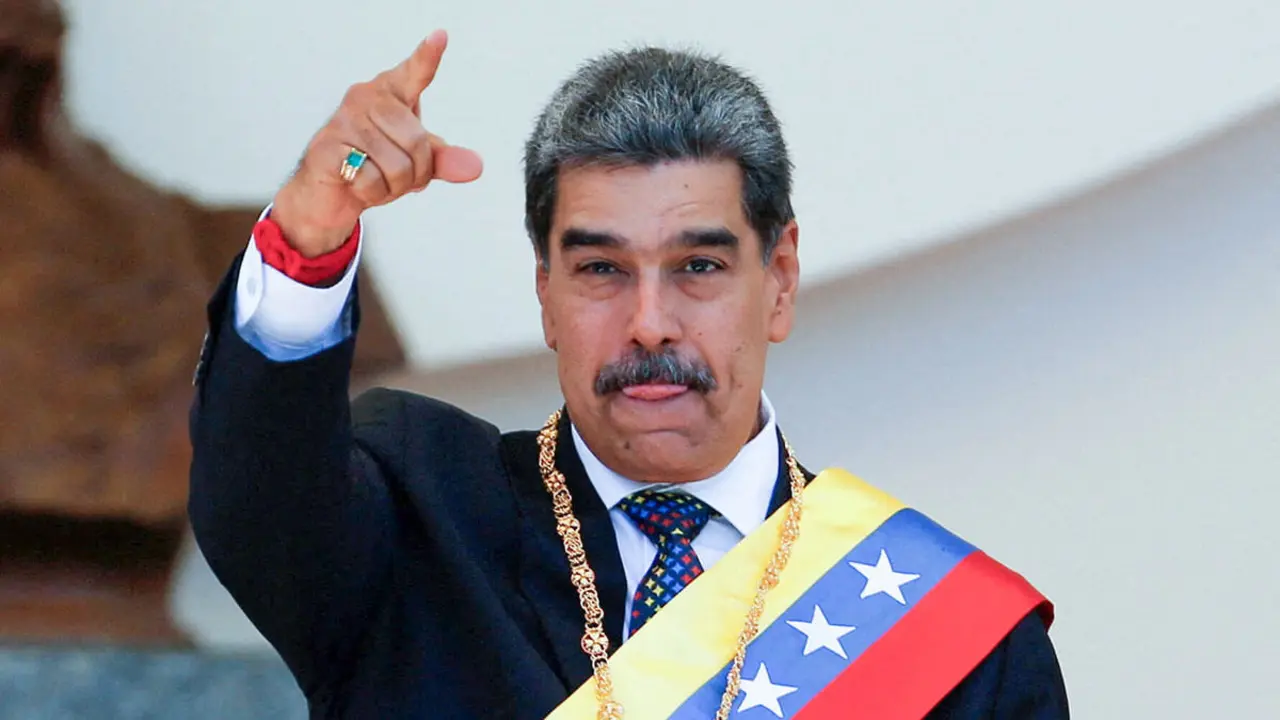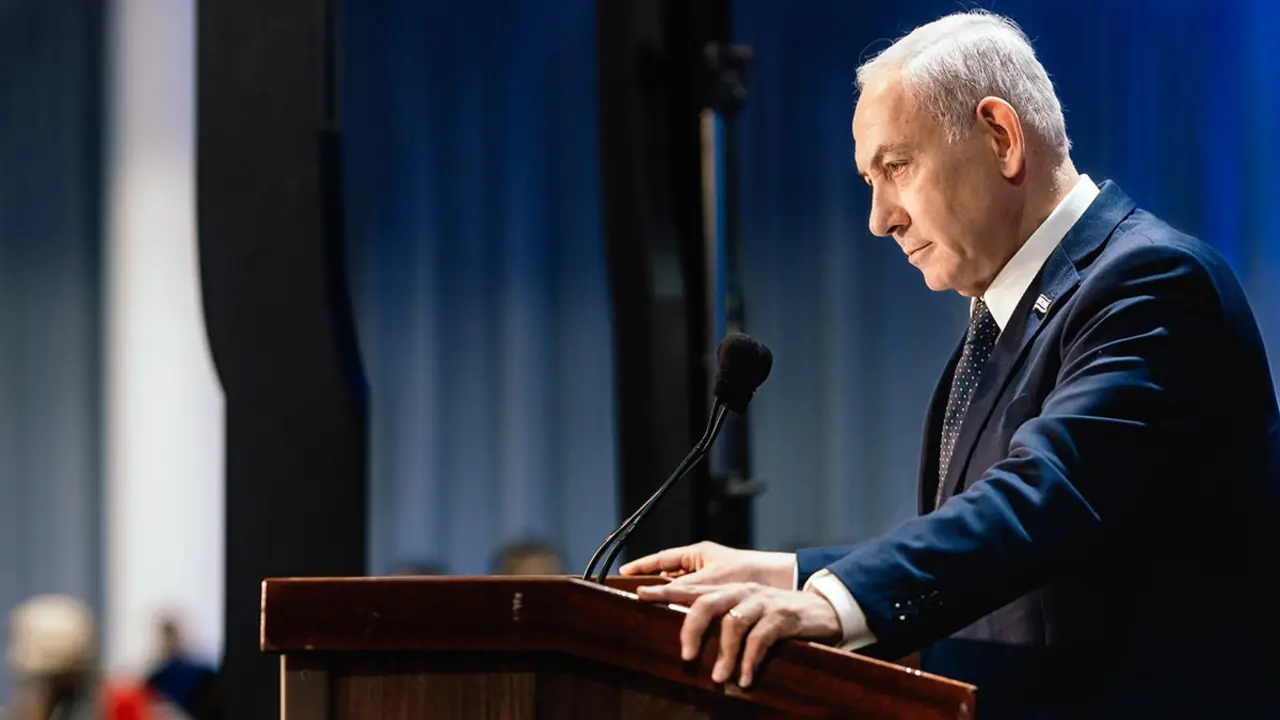Iran's stock of enriched uranium is ten times higher than the stipulated limit in 2015

Iran continues to produce enriched uranium well above the levels agreed in the 2015 nuclear agreement, though it has improved its cooperation with the UN inspectors by granting them access to a facility suspected of past undeclared atomic activities.
This is stated in the latest report of the International Atomic Energy Agency (IAEA), issued this Friday in Vienna, which states that Iran has produced some 533 kilos of enriched uranium since June.
The Islamic Republic thus has a reserve of some 2,105 kilos of this material, mostly in the form of uranium in UF6 gas, which is some four times the limits permitted by the atomic agreement known as JCPAO. According to the so-called joint comprehensive action plan (JCPAO), Iran should have no more than 300 kg of enriched uranium, equivalent to some 450 kg of UF6.
Of this accumulated material, some 215 kilos have a purity below the agreed level of 3.67%, while the rest exceeds this limit and reaches 4.5%, always far from a possible military application that begins at 80%.
Iran began producing higher-purity uranium last year, in violation of the JCPAO, in response to the United States' withdrawal from the agreement in 2018 and in an attempt to put pressure on the European countries of the pact to guarantee the economic benefits of the agreement.
This document, signed in 2015 in Vienna, envisages certain limitations on Iran's nuclear programme so that the Islamic Republic cannot acquire a nuclear bomb in the short term. In exchange, international sanctions against Iran were lifted, though the United States reinstated its punitive measures in 2018, including an oil embargo.
In addition, the IAEA notes in its report today that, after months of dispute over access to two Iranian facilities under suspicion, Tehran did finally give its green light to international inspections.
At one of the two facilities, the nuclear inspectors have already taken environmental tests, which are analysed in the agency's laboratories. In the coming weeks - throughout the month of September - they will also be able to access the second site, adds the IAEA report.
Access to these two sites is key to clarifying the origin of undeclared fissile material from Iran. The IAEA has received information from several countries on the existence of these materials and undeclared activities.
Iran had so far refused to grant the inspectors the required access, claiming that the said information allegedly came from Israel's intelligence services.
Last June, in view of the lack of access and progress, the agency's director general, Rafael Grossi, had expressed his "serious concern" and the IAEA Board of Governors approved a resolution demanding further cooperation from Iran.
But at the end of August Grossi travelled personally to Tehran to meet the political and nuclear leadership of the Islamic Republic, which finally agreed to allow the IAEA inspectors to make further visits.
This dispute over access of the international inspectors to Iran takes place in the framework of the nuclear safeguards (controls) agreement between the IAEA and Iran, and is not directly related to the JCPOA.

